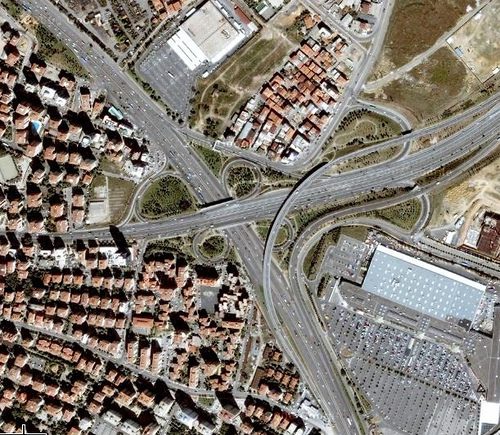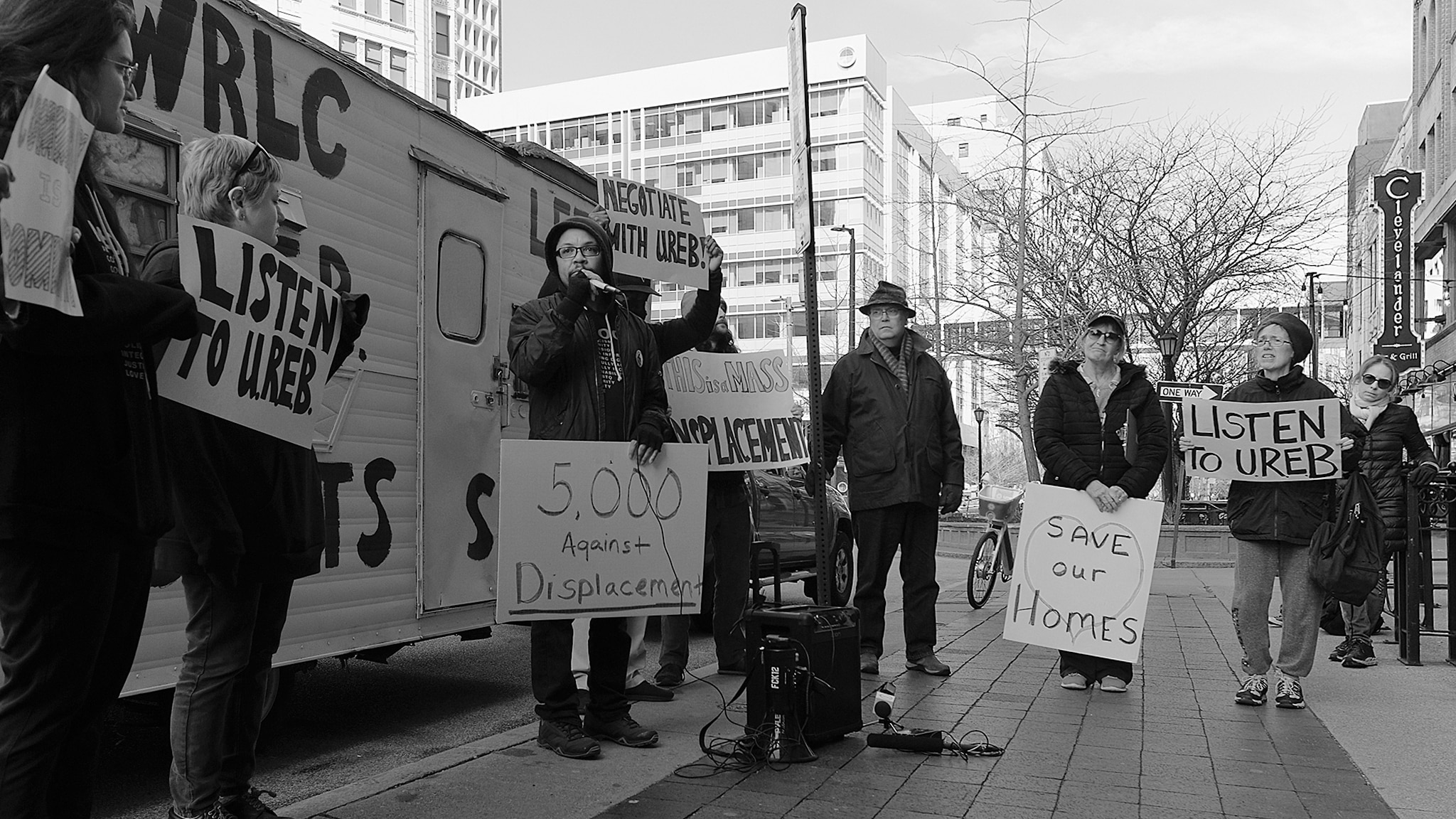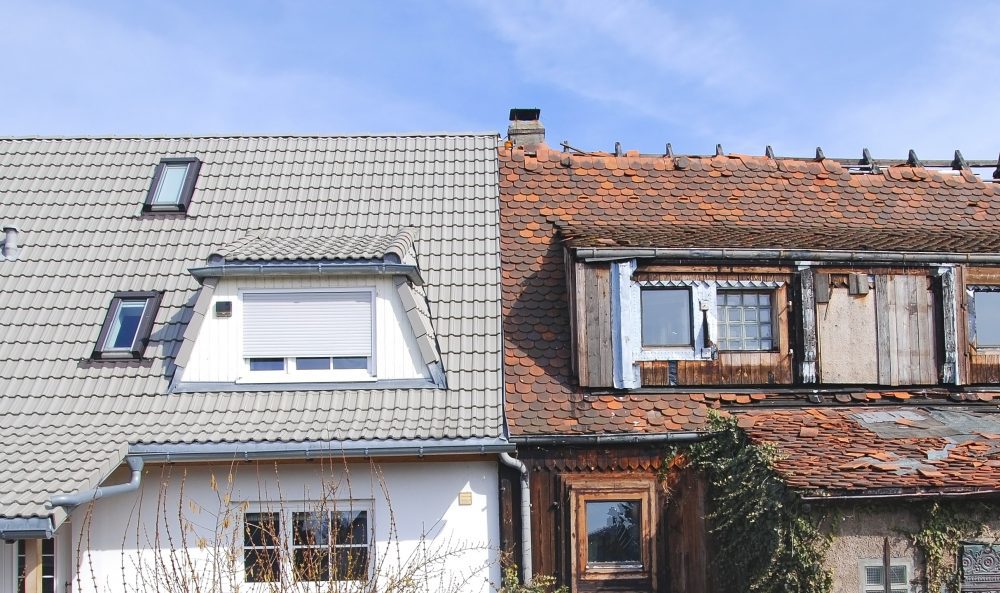
Investor-driven price increases, reduced affordable inventory, depressed incomes and larger homes have helped move homeownership out of reach for many Americans. Coupled with uncertainties in the mortgage market due to increased credit scrutiny and potential GSE reform, a perfect storm has scattered potential homebuyers.
I agree with recent reports, such as that of the National Association of Realtors, which suggest that the decline in new homeowners is due to the lack of affordable inventory. Inventory is regional and price-based. If you can’t afford the available housing stock in the community where you hope to live, there’s a shortage.
But the shortage has a number of drivers, some of which have not been fully explored. There is a solution, albeit a partial one, that many buyers, advocates and policymakers have overlooked.
The New York Times reported recently reported that investors, who are relatively new to the single-family market, are buying up homes to rent out, raising prices in certain markets. In California and Florida, for example, investors bought 25 percent to 33 percent of the homes in 2012. These two states, hard hit by both the mortgage crisis and the Great Recession, have had a huge stock of low-cost houses, but potential owner-occupiers have had little chance against all-cash investors.
Yet the hope is that as the employment pictures in both states improve, more individual homebuyers will enter the market. It appears, however, that the disconnect between prices and incomes may be squeezing families out of the market. This is happening in housing markets across the country.
While interest rates remain low, declining wages and other factors hinder a family’s ability to buy a home. Home prices have climbed much faster than incomes. In the 12 months ended April 2013, existing home prices rose to $193,000, an increase of 11 percent. According to the census, new home prices jumped by nine percent in 2012, up to $292,200. And new homes, including both single-family and for-sale multifamily homes, are larger than ever, according to that same census report. As homes become larger, they become even more unaffordable. Excluding land costs, new homes now cost $86.30 per square foot, the most since 2008. Multiplying more dollars times more square feet equals more unaffordable housing.
In a national housing “market” of over 132 million units, devising a viable housing is a herculean task. There is an opportunity, perhaps, to build on an existing housing platform to help address inventory and affordability issues in many local markets: manufactured housing.
Manufactured Housing in a New Light
Many advocates and policy makers, as well as lenders and investors, have an unfair, antiquated view of manufactured housing. To get to the point, manufactured housing is not, and has not been for decades, mobile trailers that devalue a neighborhood and lock people into poverty. It’s housing that can appreciate, blend into existing and planned neighborhoods and become a meaningful part of a region’s housing assets. And it is less expensive, less wasteful and quicker to develop than other housing options.
Manufactured housing costs about half of what site-built units cost. In 2012, for example, after subtracting land costs, manufactured homes cost about $44 per square foot; site built, as noted above, costs over $86. And since the typical new manufactured home shipped in 2012 was 1,475 square feet, about 60 percent the size of a new home, advocates and others should see how this smaller, less costly housing type can open the door to homeownership for tens of thousands of families who quite simply have been locked out of the resurgent housing marketplace.
The manufactured housing market is far from perfect. Chattel, or personal property, loans, dominate the financing of these homes, even in cases where the home is titled as real estate or is sited on private property (as opposed to in a community or “park”). A chattel loan can add hundreds of dollars to a monthly payment, reducing the asset-building potential of homeownership, and reducing the owner’s ability to pay down the loan. Our organization, the Corporation for Enterprise Development (CFED) is working with partners to improve financing and titling options for buyers. More competition in financing is better for everyone.
Other challenges loom, too. If the family owns the unit but has no control over the land beneath the home, then they are threatened by retaliation, unfair lot rent increases and even eviction without cause. CFED and other advocates are also focused on improving owner control of these communities.
Advocates need to look at manufactured housing in a new light, because it deserves it. Since 1976, when HUD began to regulate the industry, industry has developed better, more efficient and more attractive manufactured homes. Manufacturers suffered badly in the early part of the century for a number of reasons, some of which presaged the larger mortgage meltdown, but the sector seems poised for something of a comeback. No doubt these companies would welcome a healthy dialogue with affordable housing advocates.
A template to improve homeownership is out there to see. We just need to look again.
(Photo by ferncanyonman CC BY-NC-ND)





Interesting article. Another affordable option that caught our attention was Pocket Neighborhoods in a posting from Mr. Benfield (https://switchboard.nrdc.org/blogs/kbenfield/an_affordable_housing_enclave.html)
We were so inspired that this has become the topic for a high school arch. design competition that we are organizing for the 2013-14 school year. (https://humanlifeproject.com/DesignCompetition.htm)
We are looking for sponsors for our college scholarship fund for the winners. In return we can give you the right to reuse pictures of these winning entries.
Manufactured Housing costs oftentimes become more expnsive on a cost per sq ft when also factoring in site construction such as utilities, foundation, setting the home, and transportation (costs included in the site built cost per sq ft figure). In many places a developer can build a site built home near the cost of building a manufactured and yet they realize a resale/appraisal of less than comparable site built homes.
Modular homes solve the resale/appraisal issue but cost even more to develop.
If manufactured homes could be built to IBC code instead of UBC and qualifying mortgage appraisals for Manufactured be set the same as modulars, eliminating the differentiation now only based on the attached I-beams/trailer underneath, you could have a chance at building manufactured less than site built and achieving affordability.
This effort should/could also be combine, when applying to modified appraisal rules, to make certain the home is built to have the same “look” as a site built. Easy to achieve, yet a skill Manufactured home dealers and developers rarely master.
I am a believer in making Manufactured Housing work as an affordable option, but the approach/solution/proposal needs to address all of these factors.